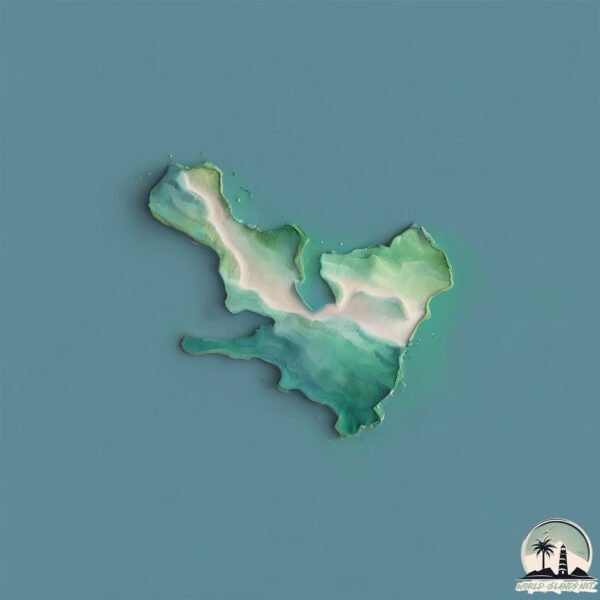Welcome to Flapjack , a Continental island in the The Coastal Waters of Southeast Alaska and British Columbia, part of the majestic Pacific Ocean. This guide offers a comprehensive overview of what makes Flapjack unique – from its geography and climate to its population, infrastructure, and beyond. Dive into the details:
Geography and size of Flapjack
Size: 0.72 km²Coastline: 9.2 kmOcean: Pacific OceanSea: The Coastal Waters of Southeast Alaska and British ColumbiaContinent: North America
Flapjack is a Tiny Island spanning 0.72 km² with a coastline of 9.2 km.
Archipel: –
Tectonic Plate: North America – Covers North America and parts of the Atlantic and Arctic Oceans, characterized by diverse geological features and varying levels of seismic activity.
The geographic heart of the island is pinpointed at these coordinates:
Climate and weather of Flapjack
Climate Zone: ContinentalClimate Details: Warm-Summer Humid Continental ClimateTemperature: Warm Summer
Climate Characteristics: Features warm summers and cold winters with consistent precipitation, common in higher latitudes.
Topography and nature of Flapjack
Timezone: UTC-09:00Timezone places: America/AnchorageMax. Elevation: 27 m Mean Elevation: 19 mVegetation: Mixed ForestTree Coverage: 92%
The mean elevation is 19 m. The highest elevation on the island reaches approximately 27 meters above sea level. The island is characterized by Plains: Flat, low-lying lands characterized by a maximum elevation of up to 200 meters. On islands, plains are typically coastal lowlands or central flat areas.
Dominating Vegetation: Mixed Forest
Vegetation: 1 vegetation zones – Minimal Diversity Island
Infrastructure and Travelling to Flapjack
Does the island have a public airport? no .
Does the island have a major port? no .
The mean population of Flapjack is per km². Flapjack is . The island belongs to United States of America .
Continuing your journey, Wiloughby is the next notable island, situated merely km away.
The Marvelous Misadventures of Flapjack - Cammie Island (Clip 2)
Captain K'nuckles and Flapjack arrive Cammie Island where Flapjack befriends the misunderstood monster. Make sure to check ...
The Marvelous Misadventures of Flapjack - Cammie Island (Clip 2)
Captain K'nuckles and Flapjack arrive Cammie Island where Flapjack ...
Captain K'nuckles and Flapjack arrive Cammie Island where Flapjack befriends the misunderstood monster. Make sure to check ...
Did they find Candied island ? Flapjack in 24 Min From Beginning to End .Recap . Kinacles' Past
Enjoy watching ♥ If you like this video? Don't forget to hit the like ...
Enjoy watching ♥ If you like this video? Don't forget to hit the like button and subscribe to the channel. . Thanks for watching and ...
Flapjack and K'nuckles almost reach Candied Island | The Marvelous Misadventures of Flapjack
flapjack #cartoon #funny #themarvelousmisadventuresofflapjack.
flapjack #cartoon #funny #themarvelousmisadventuresofflapjack.
United States of America is classified as Developed region: G7: Group of Seven – Major advanced economies, including Canada, France, Germany, Italy, Japan, the United Kingdom, and the United States. The level of income is High income: OECD.
News – Latest Updates and Headlines from Flapjack
Stay informed with the most recent news and important headlines from Flapjack. Here’s a roundup of the latest developments.
Loading...
Please note: The data used here has been primarily extracted from satellite readings. Deviations from exact values may occur, particularly regarding the height of elevations and population density. Land area and coastline measurements refer to average values at mean high tide.

